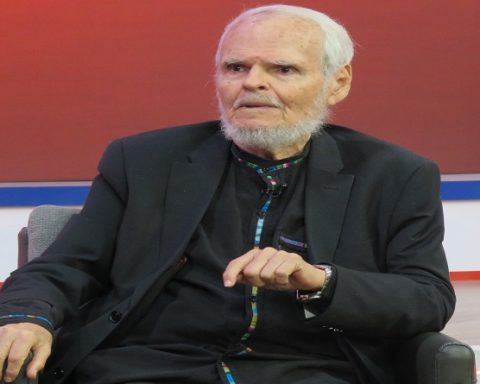Silvio Pettirossi Airport is 9.8 kilometers from the historic center of Asunción and no more than 6 of the city’s new corporate, financial, commercial and residential hubs. This enclave so close to a substantial part of the business centers of international interest in the capital could be considered a competitive advantage over other cities of the political importance of Asunción. But there is a practically insurmountable problem and that is that the Silvio Pettirossi is an obsolete airport, drowned by the growing urbanization of its surroundings and, consequently, without any possibility of housing the passenger and cargo terminals, the runway system, filming, platforms and service buildings demanded by the Greater Asunción conglomerate.
For years there has been an insistence on carrying out make-up works on a structure that no longer responds to the technological canons of the 21st century. They are patches and implants that are transforming the old terminal into a kind of architectural Frankenstein, impractical and inappropriate for the demands of today’s air traffic.
The contemporary airport administration contains an apparent contradiction, since it aims to ensure that the passenger is in transit or waiting as little as possible, a status that makes people uncomfortable if it extends beyond what is prudent. This requires not only a mathematical adjustment of the flight schedules, both those of departure and arrival and connection. All the airport’s own services and those associated with it, such as gastronomy and commerce, respond to a well-studied spatial planning. For this reason, the reception, baggage clearance, immigration and boarding stations follow a very precise sequence and require clear circulation areas that accompany the flow of travelers in permanent movement.
The Silvio Pettirossi, in its current format, has become outdated. Perhaps it can function as a secondary airport, for local aviation, the operation of private planes and executive jets. But the big airport that Asunción needs must jump across the river and seek out the wide open spaces of Presidente Hayes’ apartment.
It’s that, or resign ourselves to a small airport from the era of propeller planes.













